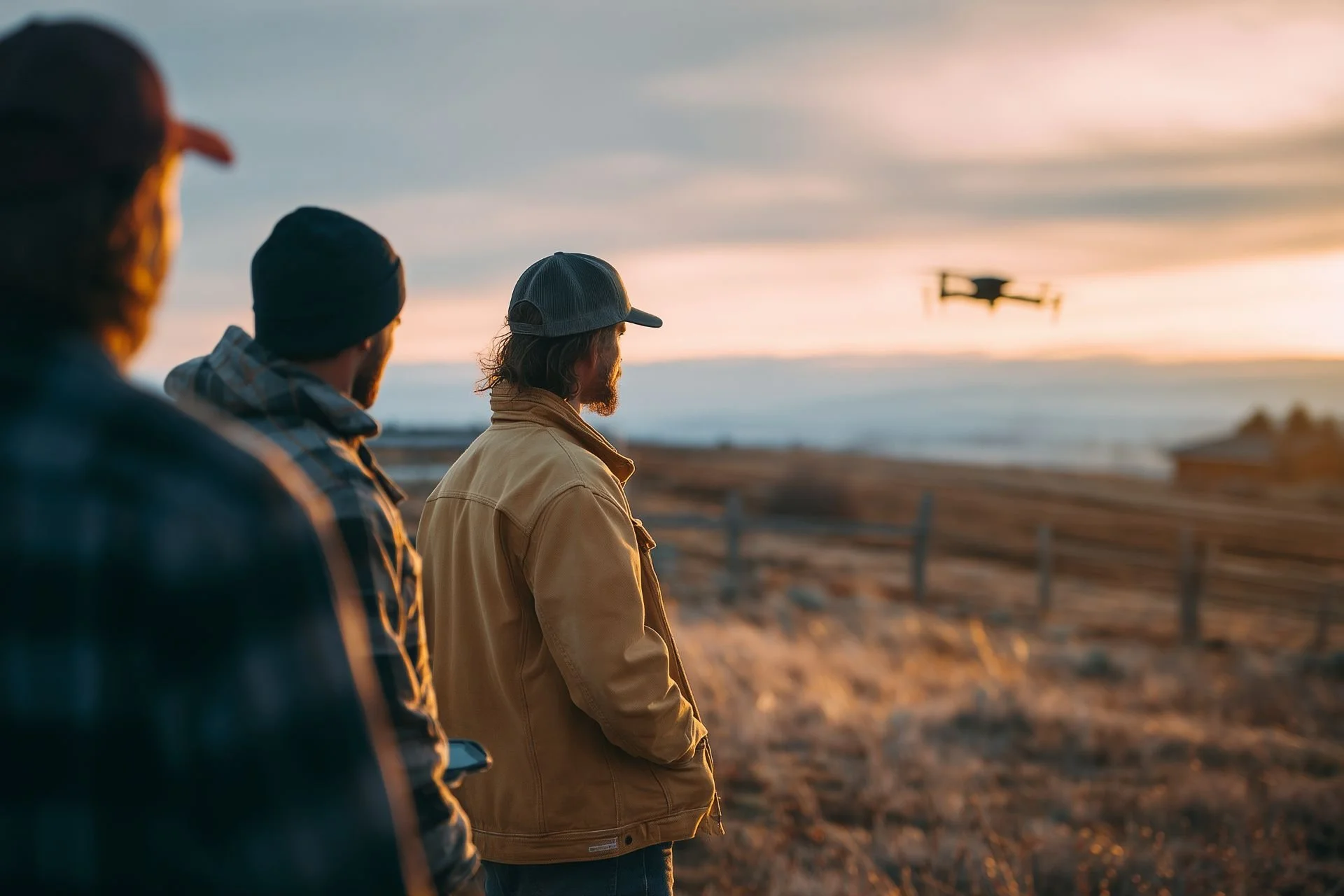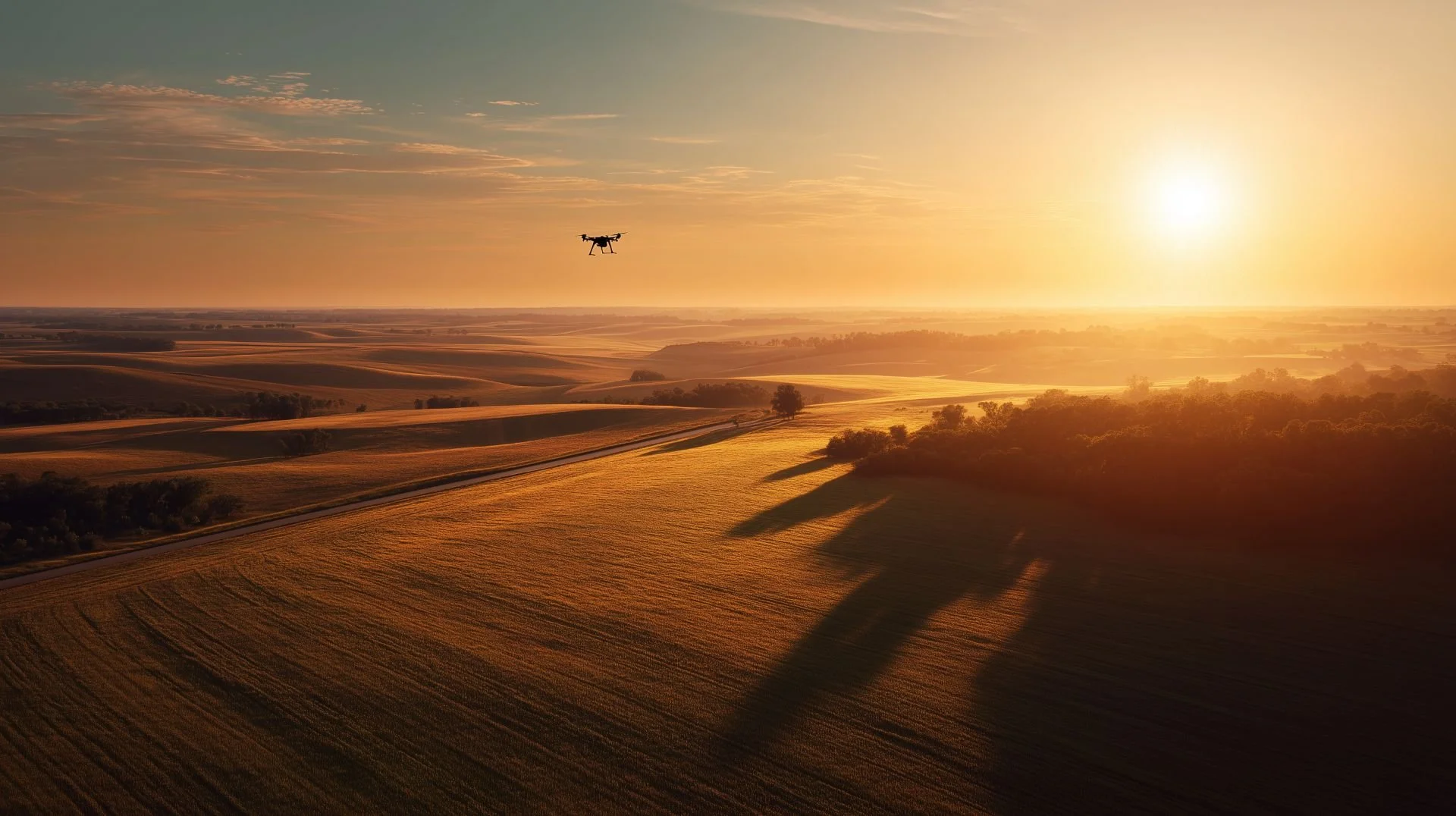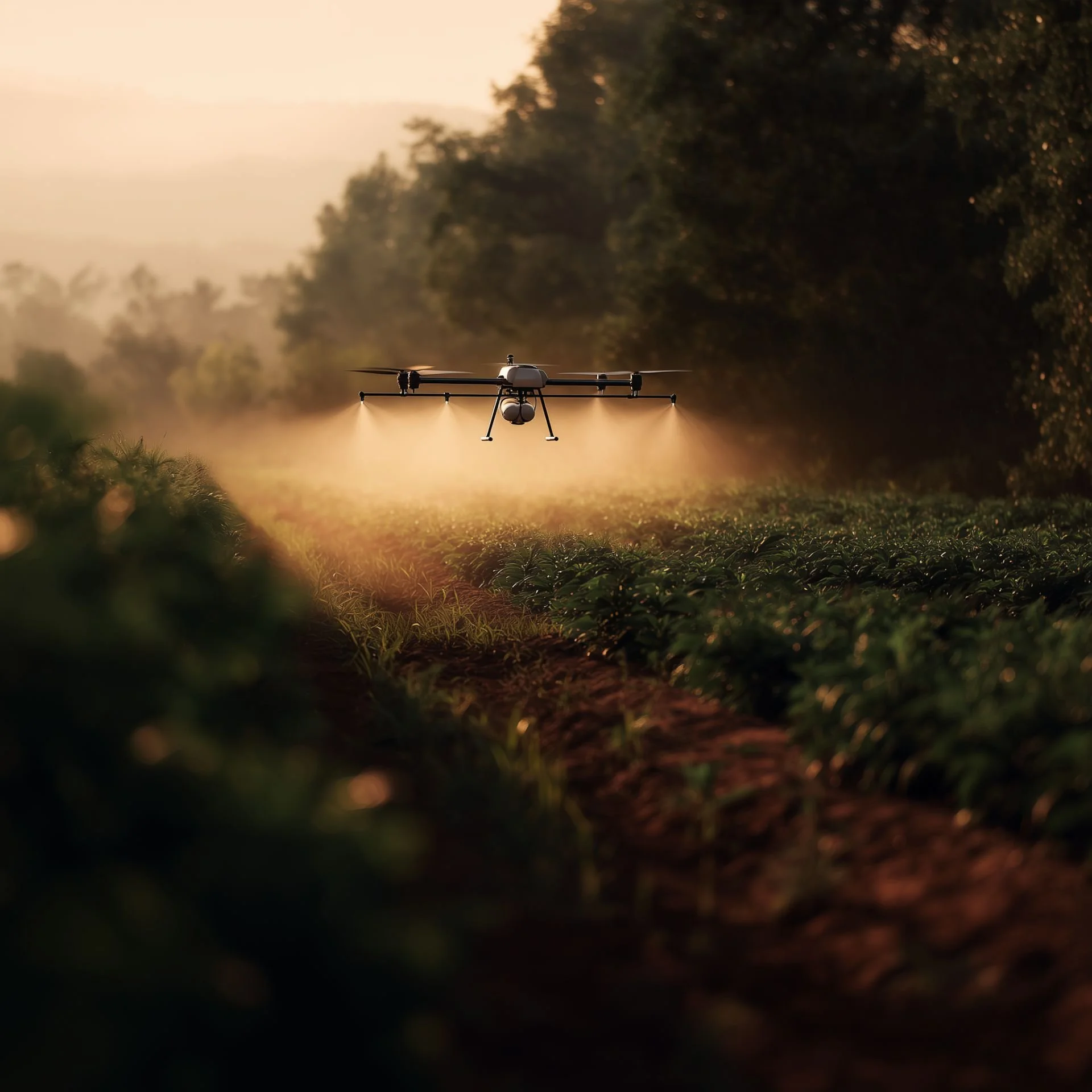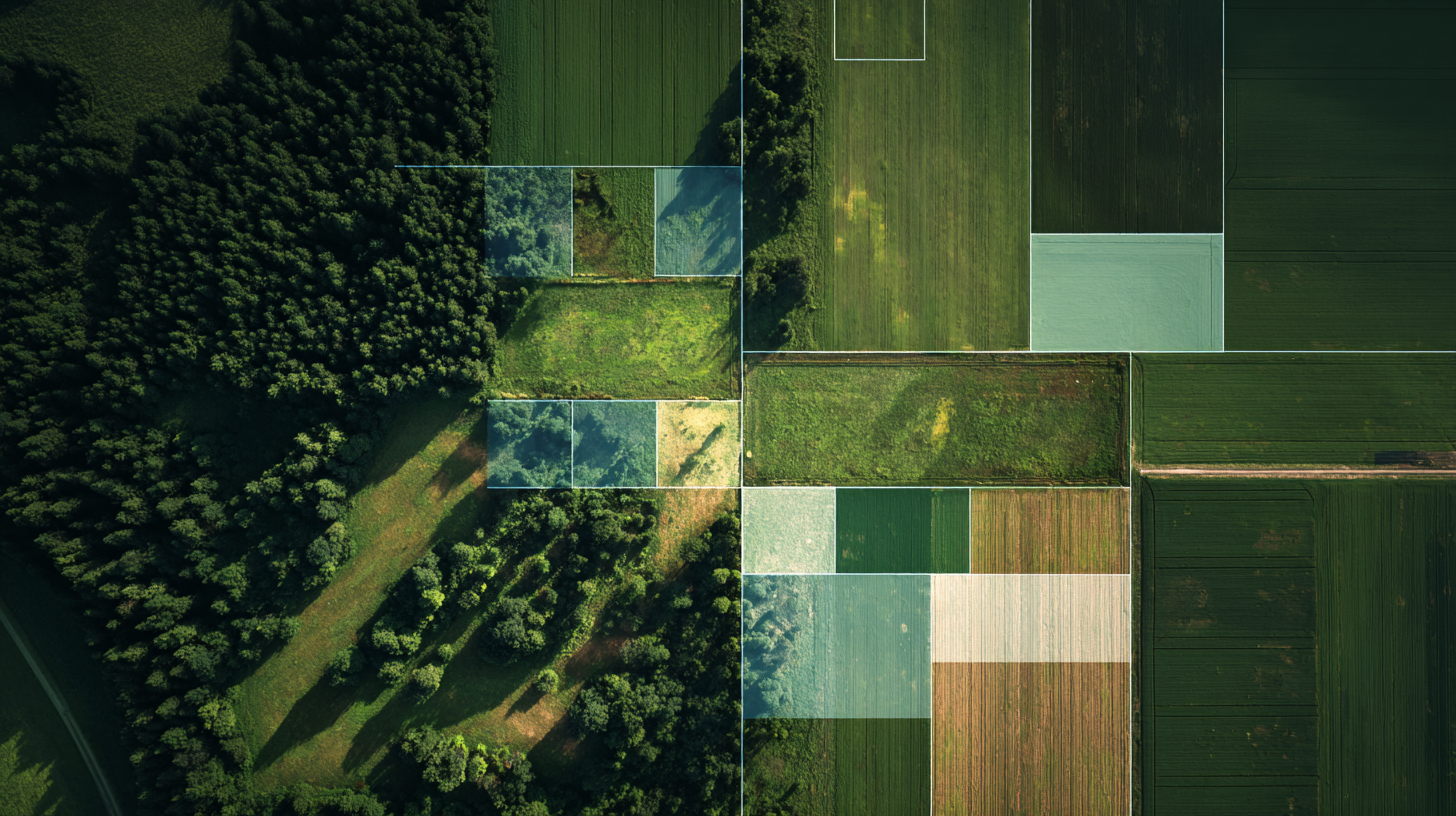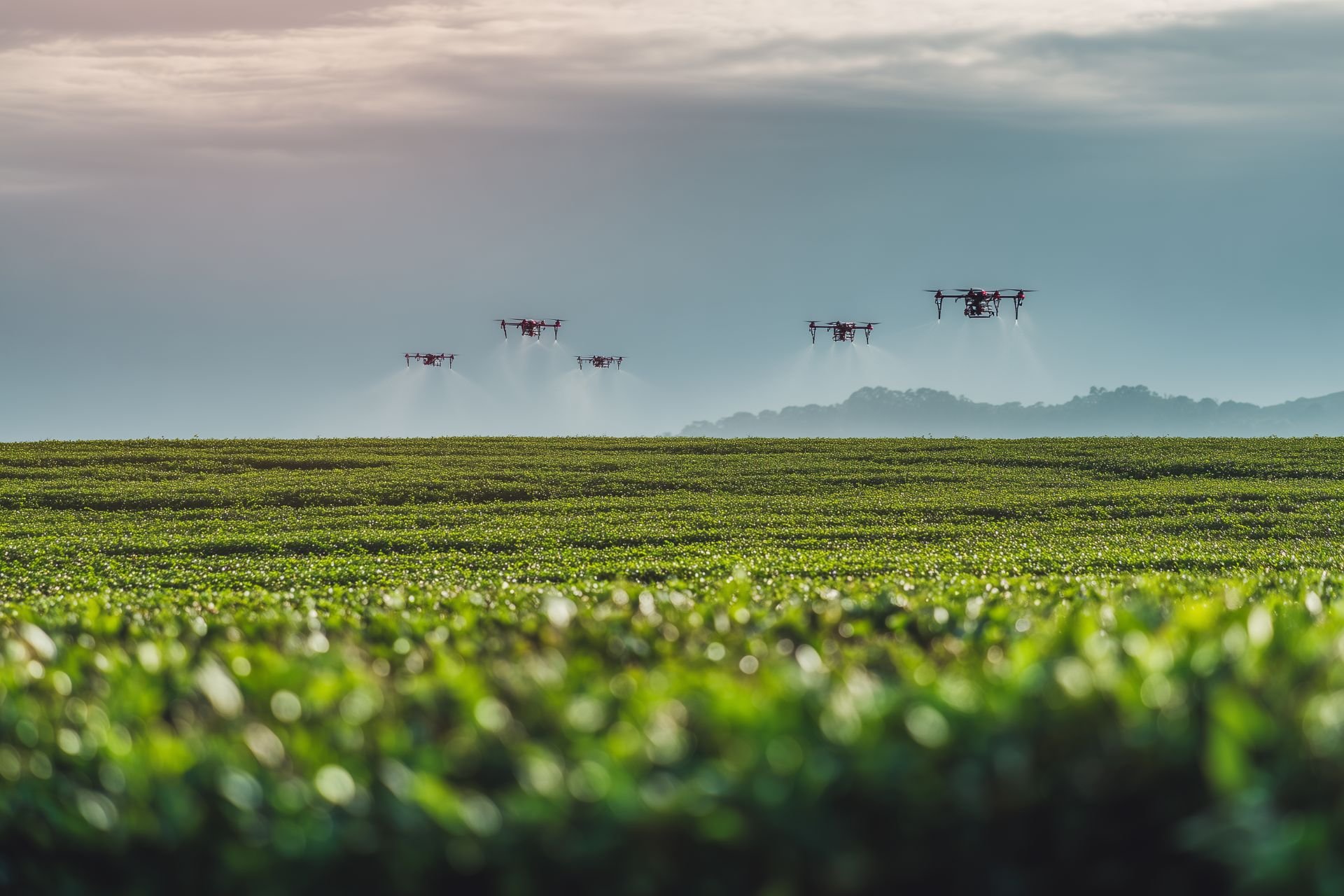
About ADI
ADI is the leading voice for agricultural drones in Washington and around the country. We are committed to helping American agricultural drones by protecting farmers, supporting research and development, and improving federal regulations.
Empowering the Agricultural Drone Industry through Advocacy, Innovation, and Policy improvements
The Agricultural Drone Initiative (ADI) is dedicated to representing America’s agricultural drone industry, helping agricultural drones take their place as the most significant innovation in agricultural technology since the tractor.
We focus on three core pillars of advocacy:
-
For the agricultural drone industry to grow in America, it is critical to ensure that everyone in the industry has the information they need to make the right decisions.
Congress is committed to getting foreign drones out of American airspace. ADI is working with policy makers to ensure that American farmers and ag-drone operators are not disproportionately harmed by these policies and that they have a robust transition path to an all-American airspace for drones.
-
For the American drone industry to succeed, competition is needed. But there can be no competition without investment, and investors are already concerned about how hard it is to make an ag-drone cost-effectively from scratch.
ADI works with policy-makers and research universities to drive the research that will provide a solid foundation for more stable and reliable ag-drones. This will allow private capital to focus on the innovation and optimization America does so well.
-
ADI strongly believes in the importance of a safe and well-regulated airspace. However, a critical part of effective regulation is compliance. Currently, the FAA’s regulatory scheme for agricultural drones is so convoluted, less than 30% of the industry is fully compliant with the FAA.
ADI is committed to working with the FAA to improve these regulations to ensure America’s agricultural airspace is safely, but pragmatically, regulated.
ADI pursues our three pillars to help drive agricultural drones into the future.
Protect American farmers from bearing an undue burden as Congress works to combat legitimate national security threats from foreign adversaries.
Advocate for funding for research and development into how to improve ag-drone technology and to facilitate access to, and adoption of, this groundbreaking technology for America’s farmers.
Engage with regulators to ensure that, as drone policy in America shifts to more formal rule-making, agricultural drones receive due accommodation to reflect their unique role.
We envision the progression of American agricultural drones as going through three stages of development, detailed below, to achieve their full potential, in which applied materials costs are cut by over 75% for pesticides and herbicides, and nutrients are applied in a far more optimized manner.
Generation 1
ADI describes the current state of ag-drones as the first generation. While ag-drones have been around for the better part of a decade, the first full-sized, fully-capable drones emerged and became adopted by large numbers of farmers only in the last few years.
Gen-1 Technology:
Spraying and spreading of materials at market-competitive rates
Functional but imperfect obstacle avoidance
Autonom-ish flight (needs intervention not just monitoring)
Gen-1 Use-Practices:
Spraying and Spreading entire fields (the use of multispectral crop analysis is the exception not the rule)
Drone applications competitive where terrestrial applications are inefficient.
Battery life, other CRM issues, and software bugs are still significant challenges for all companies
We compare Gen-1 agricultural drones to the first tractors that were widely used in the 1930’s and 40’s (e.g. the Ford 8-N): impressive for the time but looked back on as undersized, simple, and a novelty to still see running.
Generation 2
Gen-2 agricultural drones are those that are able to integrate current technologies such as multispectral analysis and gradient application with reduced friction - as well as improved battery management, obstacle avoidance, and other CRM issues that need to be improved to the point that drones can compete well against terrestrial applications across a range of settings.
Gen-2 Technology:
Spraying and Spreading reliably integrates multispectral data to spread nutrients (lime and fertilizer) according to the needs of each sq/ft based on soil health, instead of setting a fixed rate across 100 acres.
Fully autonomous flight (still monitored) but obstacle avoidance and terrain management is ‘solved’ (except for extreme edge cases) sufficient to compete with terrestrial application methods.
Battery-life and software issues are resolved sufficiently to operate reliably in a range of edge-cases.
Gen-2 Use-Practices:
Multispectral crop analysis becomes the norm for farmers and applicators
Drone application considered cost-competitive across industry (through a combination of cheaper services and use of cost-saving features such as multispectral data on a regular basis)
Ag-drones have separate ‘part’ under FAA regulations to address industry specific safety concerns while facilitating operations for responsible applicators by having the full suite of operational conditions regulated under a notice-and-comment rule-making instead of ad hoc waivers.
Gen-2 drones will be analogous to the tractors of the 1970’s (Case 570): they’re reliable, most people still have one poking around the farm, but they aren’t integrated into truly ‘modern’ farming practices.
Generation 3
Third-generation agricultural drones represent the full potential of current technologies, fully integrated onto platforms. They won’t be done evolving, but are likely to only get larger and better at what they do, with few large problems left to ‘solve’.
Gen-3 Technology:
Spraying and Spreading fully transitioned to using multispectral and AI analysis of crops to monitor for specific disease outbreaks. Drones assess field and spray pesticides only on the plants that are diseased. Instead of treating 100 acres of crops for a disease-agent, only the outbreak and a quarantine buffer are treated.
Reliability and technology concerns are ‘solved’ to a degree similar to modern smart phones
Drone pilots become closer to airspace and resource managers rather than pilots of individual drones.
Gen-3 Use-Practices:
Drone applications using data-driven application of pesticide and fertilizer applications considered the norm
Prophylactically spraying entire fields becomes rare and is considered abnormal and wasteful
Full integration into the American agricultural process
ADI compares Gen-3 ag-drones to modern tractors: enclosed cabs, AC, gps integrated, and more attachments and modifications than you can imagine.

